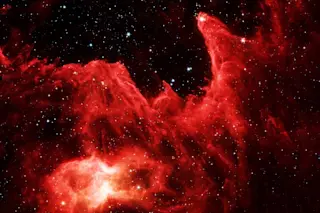The Hubble Legacy Field peers back to the early days of the universe. (Credit: NASA/ESA/Hubble Legacy Field Team) The Hubble Space Telescope has outdone itself once again. By leveraging multiple deep surveys that peer across the cosmos and back to the first 500 million years after the Big Bang, astronomers have created the deepest, widest portrait yet of the distant universe. Astronomers combined 7,500 exposures containing 265,000 galaxies into one image representing more than 250 days of Hubble observing time. Like other deep surveys, astronomers can use it as a time capsule from the early universe, and as a portal into more than 13 billion years between then and now.
The Legacy Field contains galaxies from the modern universe back to the first galaxies -- and they've changed a lot over the eons. (Credit: NASA/ESA/Hubble Legacy Field Team) The new image, called the Hubble Legacy Field, is a mosaic of ...














